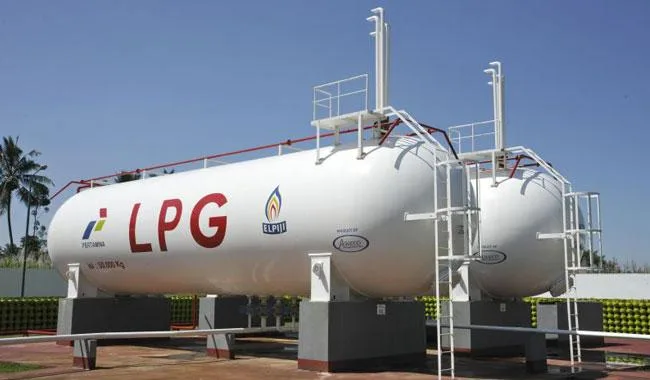
Government Seeks Investors for LPG Factories to Cut Imports
Lamseen – Energy and Mineral Resources Minister Bahlil Lahadalia has invited investors and entrepreneurs to establish liquefied petroleum gas (LPG) factories in Indonesia. This initiative aims to cut reliance on oil and gas imports while strengthening domestic energy production.
During the Mandiri Investment Forum 2025, Lahadalia encouraged businesses to seize this high-potential market opportunity. He emphasized that Indonesia provides strong investment incentives, making LPG production an attractive sector for growth.
Interested investors can apply for financing through PT Bank Mandiri and partner with PT Pertamina, the state-owned energy company handling LPG supply and distribution. Lahadalia assured that government support and direct contracts with Pertamina offer a secure and profitable market for LPG investments.
By expanding domestic LPG production, Indonesia seeks to reduce import costs, create jobs, and improve energy resilience. The government remains committed to investment-friendly policies, ensuring that businesses benefit from long-term stability in the energy sector.
Indonesia continues to face a significant gap between LPG production and consumption, leading to high import levels. In 2024, the country produced only 1.97 million metric tons (MT) of LPG, while consumption reached 8.23 MT for subsidized LPG and 0.67 MT for non-subsidized LPG. To meet this demand, Indonesia had to import 6.91 million MT of LPG last year.
To address this issue, the government is expanding the national gas network to increase domestic gas supply. Energy and Mineral Resources Minister Bahlil Lahadalia announced plans to construct a gas pipeline connecting Sumatra and Java, serving as a “toll road” for gas distribution.
“OJK Optimistic About Financial Sector Growth in 2025”
In addition to LPG shortages, Indonesia faces a decline in oil production. Lahadalia revealed that national oil lifting has dropped to 500,000–600,000 barrels per day, while domestic oil demand ranges between 1.5 and 1.6 million barrels per day.
This imbalance underscores the urgent need for energy diversification and infrastructure development to reduce import dependency and ensure long-term energy security. Through investment in pipelines and local production, the government aims to stabilize the energy sector and support sustainable growth.
Indonesia’s oil production and consumption gap continues to strain the country’s foreign exchange reserves and trade balance. In 2024, the nation produced 212 million barrels of oil, but imports soared to 313 million barrels to meet demand. This total included 112 million barrels of crude oil and 201 million barrels of refined fuel.
The country’s fuel consumption reached 532 million barrels, with the transportation sector accounting for 52% of usage. Energy and Mineral Resources Minister Bahlil Lahadalia highlighted that Indonesia loses more than Rp500 trillion annually due to oil imports, significantly impacting the rupiah exchange rate.
Lahadalia explained that high oil imports drive the demand for US dollars, leading to a weaker exchange rate.
“This is the law of supply and demand,” he stated. “If we need more dollars, our exchange rate gets corrected. Imagine losing over Rp500 trillion per year, which affects our trade balance, balance of payments, and foreign exchange reserves.”
With $1 equal to Rp16,350, Indonesia faces economic pressure due to its reliance on imported oil. The government continues to explore solutions to increase domestic energy production, reduce import dependency, and strengthen the nation’s economic resilience.
“The Complete Information From Wikipedia About Energy in Indonesia”